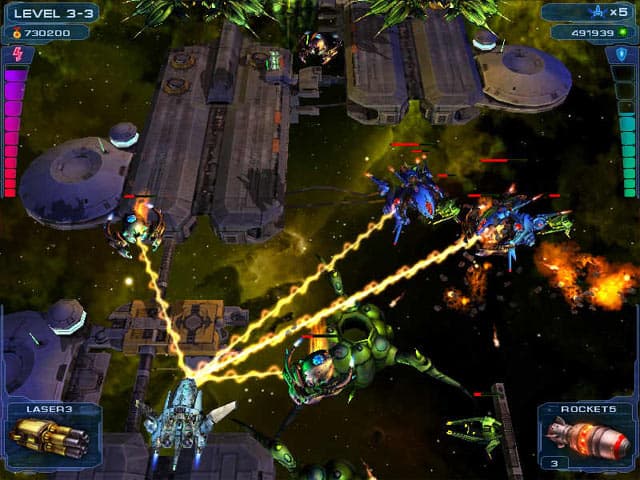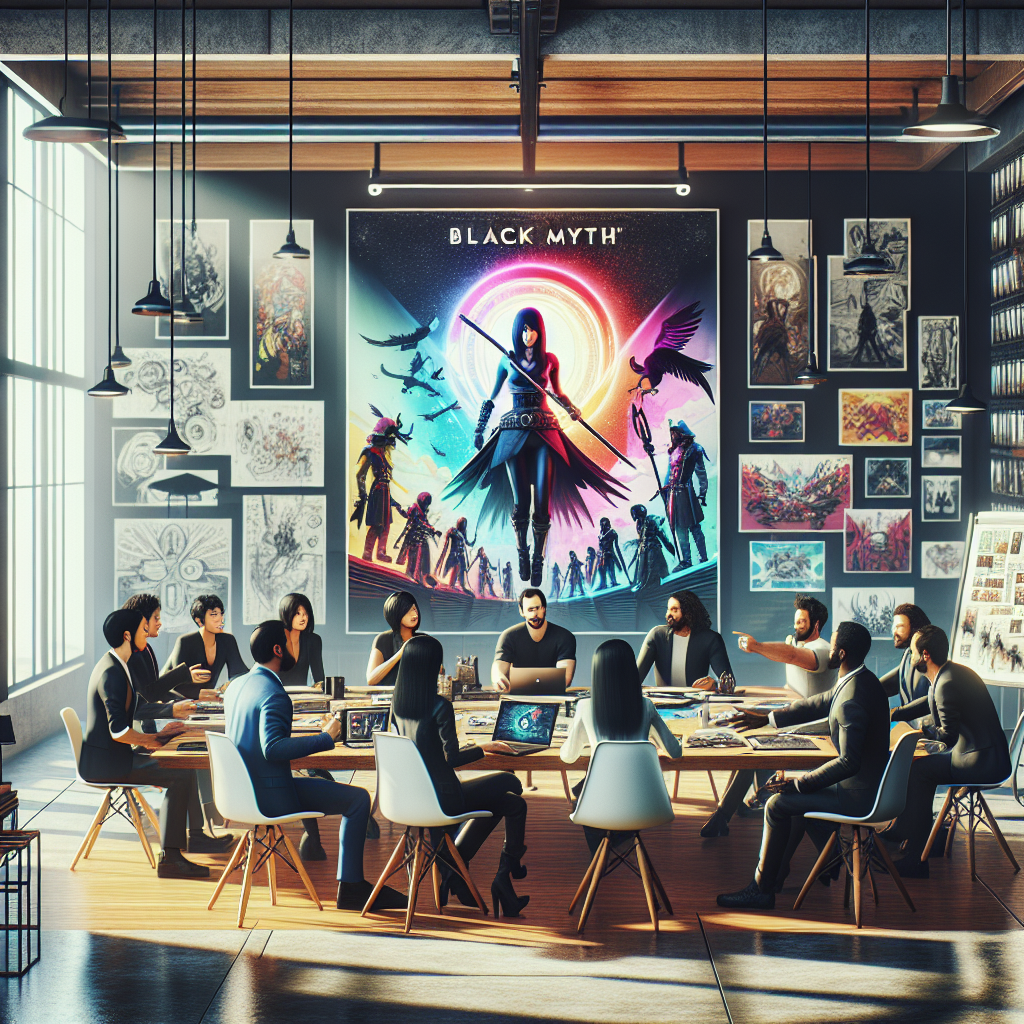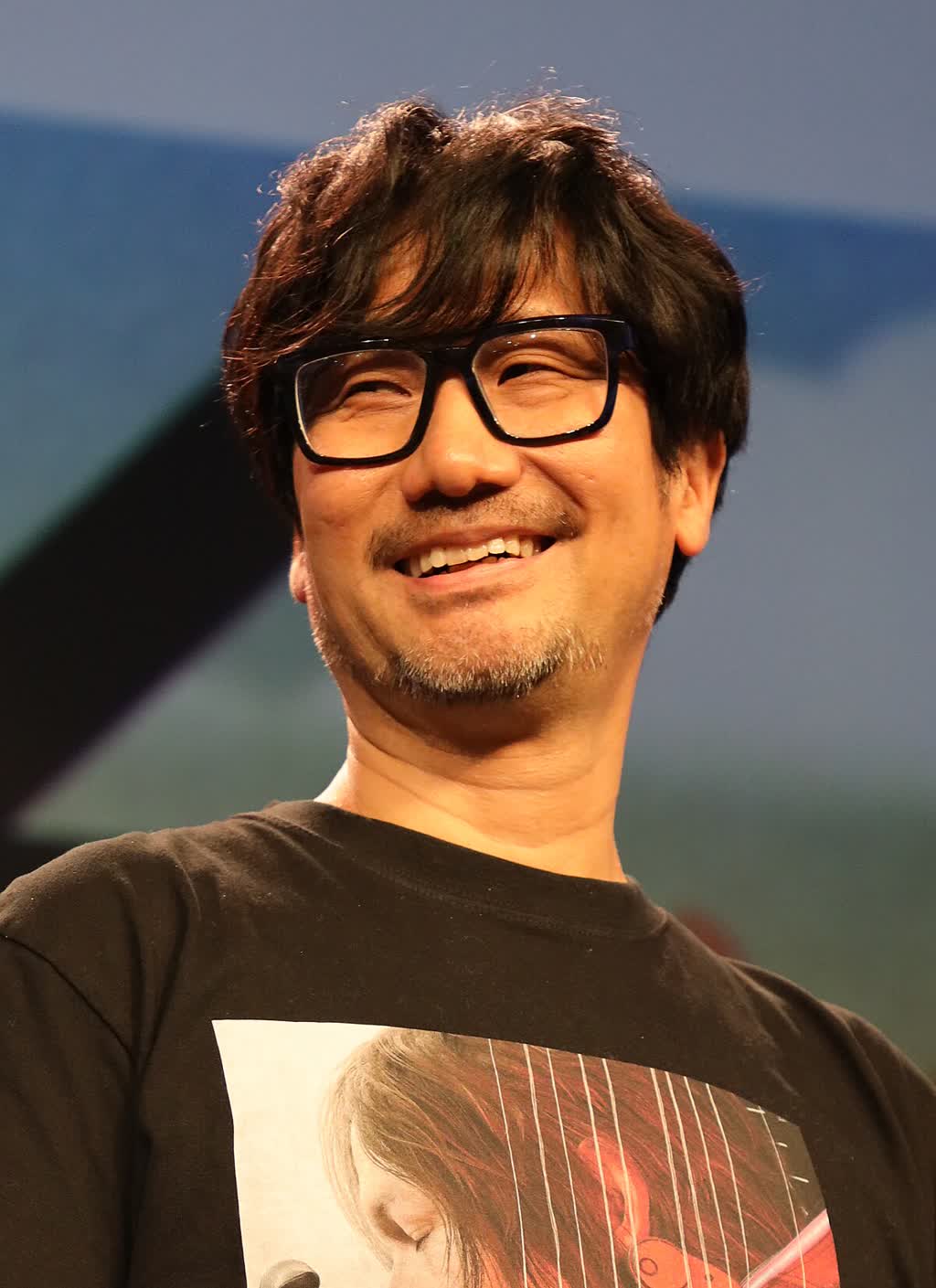“Sword Star” PC Version Skyrockets to Success Amid East-West Cultural Clash
April 27, 2024 — The global gaming community is abuzz as the PC release of “Sword Star,” the latest action RPG sensation, shatters sales records and ignites a fiery cultural debate between Eastern and Western audiences.
Since its launch three months ago, “Sword Star” has become a phenomenon on PC platforms worldwide, boasting over 10 million copies sold and consistently topping Steam’s concurrent player charts. The game’s seamless blend of fast-paced combat, intricate storytelling, and breathtaking visuals has captivated gamers across continents. But beyond its commercial triumph, “Sword Star” has sparked a complex cultural conversation that highlights the divergent expectations and values of Eastern and Western gaming communities.
Technical Mastery Fuels Popularity
One of the key drivers behind the PC version’s success is its exceptional technical optimization. The developer, Celestial Forge Studios, invested heavily in ensuring the game runs smoothly across a wide range of hardware configurations. Unlike many recent AAA titles plagued by performance issues, “Sword Star” offers scalable graphics settings, minimal load times, and robust server stability for its online modes.
“We prioritized accessibility without compromising visual fidelity,” said lead engineer Mei Lin during a recent developer livestream. “Our goal was to make sure players from entry-level rigs to high-end gaming PCs could enjoy the full experience.”
This commitment to optimization has earned praise from critics and players alike, with many lauding the game’s fluid combat animations and immersive world-building that remain consistent even on mid-tier systems.
Strategic Market Approach Bridges East and West
Celestial Forge’s marketing strategy also played a pivotal role in “Sword Star”’s global reach. The studio adopted a dual-pronged approach: tailoring promotional content to resonate with Eastern audiences’ appreciation for mythological depth and narrative complexity, while simultaneously appealing to Western players’ preference for open-world exploration and player agency.
Localized content, including voice acting and culturally relevant in-game events, was rolled out in tandem with the global launch. Partnerships with popular streamers and influencers across Asia, Europe, and North America helped build a diverse and engaged player base.
“Understanding the nuances of different markets was crucial,” explained marketing director Javier Morales. “We didn’t want to impose a one-size-fits-all narrative but rather celebrate the game’s universal themes through culturally sensitive storytelling.”
Cultural Controversy: Clash of Expectations
Despite its widespread acclaim, “Sword Star” has become a lightning rod for cultural controversy. Eastern players have praised the game’s adherence to traditional storytelling tropes and its respectful incorporation of folklore elements. Conversely, some Western players have criticized what they perceive as a lack of character customization freedom and a linear narrative structure.
Forums and social media platforms have seen heated debates, with Western gamers calling for more player-driven choices and open-ended gameplay, while Eastern fans defend the game’s artistic vision and narrative coherence.
Moreover, certain in-game symbolism and character designs have sparked discussions about cultural appropriation and representation. While some Western critics argue that the game exoticizes Eastern motifs, many Eastern players view these elements as authentic and celebratory.
Gaming analyst Priya Desai comments, “‘Sword Star’ is a fascinating case study in how global games must navigate cultural sensitivities. The tension between preserving cultural identity and meeting diverse player expectations is a delicate balance.”
Community Reactions and Developer Response
The player community’s reactions have been equally mixed but passionate. Fan art, cosplay, and fan fiction have flourished, especially in Eastern markets, while Western forums have seen calls for mods and patches to introduce more gameplay flexibility.
In response, Celestial Forge Studios has announced plans for upcoming updates that will include expanded customization options and additional side quests, aiming to bridge the gap between differing player desires without compromising the game’s core narrative.
“We listen to our community,” said Mei Lin. “Our vision is to create a shared experience that honors the game’s roots while embracing the diversity of our global audience.”
Looking Ahead
As “Sword Star” continues to dominate the PC gaming landscape, its success story underscores the evolving dynamics of the international gaming industry. The game’s ability to spark meaningful cultural dialogue while delivering a technically polished and engaging experience marks it as a landmark title of 2024.
Whether “Sword Star” will ultimately harmonize the contrasting tastes of East and West remains to be seen, but its impact on gaming culture is undeniable.
By Alex Chen, Gaming Correspondent



